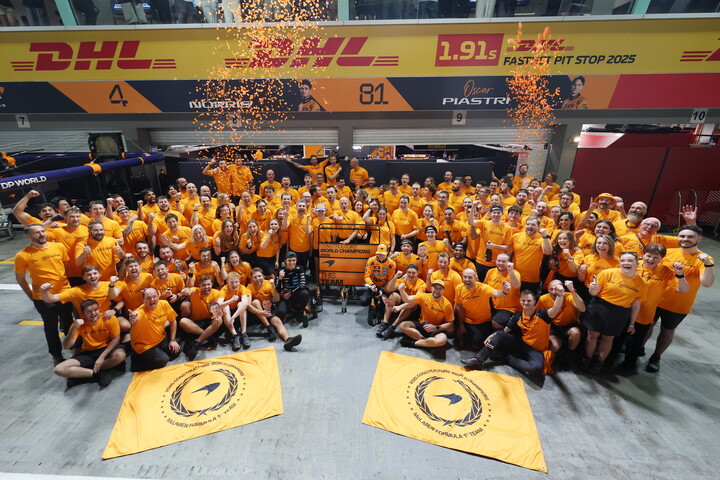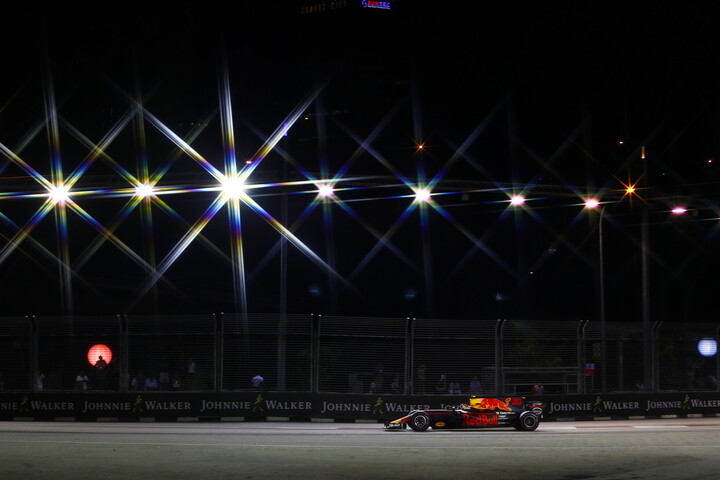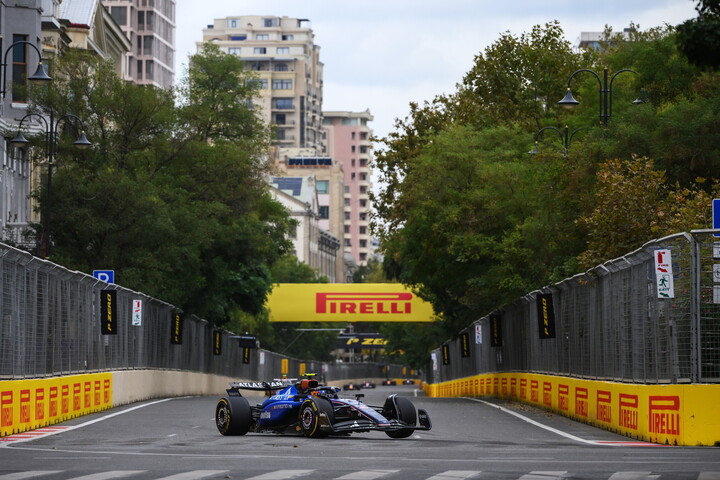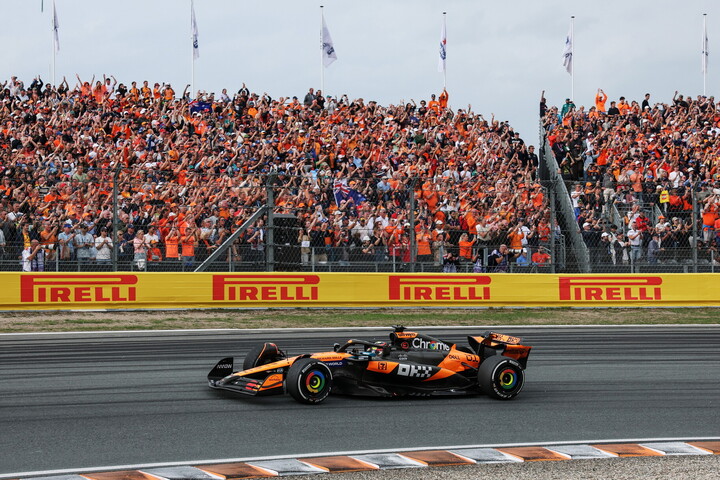On this week #52: Racing round Christmas

On the 29 December 1962, Graham Hill won the South African Grand Prix held at the East London circuit, at the wheel of a BRM. The victory meant the Englishman secured the first of his two Formula 1 Drivers' World Championship crowns, while the British Racing Motors team took its one and only Constructors' title. Hill's rival, Jim Clark would have to win the race to be champion and victory looked to be his until he retired his Lotus with a technical problem.

If you're thinking this looks like a tough racing calendar with a Grand Prix just four days after Christmas, then think again, as this was only the ninth and final round of a season that didn't even start until late May in Holland – quite a contrast to this year's 24 race season. In fact, drivers very much enjoyed spending Christmas holidays with their families in the sunny southern hemisphere, the South African round proving very popular, with several local drivers also challenging the regular championship contenders. Of course, the fact that Grand Prix racing took place there at all is one of the more shameful episodes in F1 history as apartheid was in force and many other sports boycotted the country completely, South Africa also being banned from the Olympics from 1964 to 1988.
Mention of Clark and Lotus brings us to another important end-of-year date in the history of motor racing, the day after Christmas in 1958. On 26th December, the Brands Hatch circuit in England always hosted a “Boxing Day Meeting” that being the name given to the day after Christmas. On this particular occasion, Jim Clark had travelled down from his native Scotland, picking up a brand new Lotus Elite on the way, to drive in what would be his very first race at the famous circuit to the south of London. It turned out to be the first and auspicious meeting between the future F1 star and the car design genius, Colin Chapman. That day, the youngster was up against two other Elites, driven by the aforementioned Lotus boss and another racer called Mike Costin, who would go on to achieve great things as the “Cos” in Cosworth, the V8 engine that would dominate Formula 1 from the late 60s to the early 80s. In the race, Clark was leading from Chapman, until he had to avoid a spinning backmarker on the final lap, handing the win to the older man. But a year later, Chapman had employed Clark to race in Formula Junior and Formula 2. Together they would go on to win three Formula 1 Drivers' championships. As an amusing sidebar to Boxing Day motorsport at Brands Hatch, it was a tradition that, before the day's racing commenced, sometimes in bitterly cold weather, a small van would drive around the track, stopping at each of its 24 or so Marshal Posts and give every man and woman on duty that day, a tot of rum to warm them up. O tempora, o mores!

Jim Clark also features in the next vignette of holiday-time racing. The Tasman Series, for Formula 2 cars, held at circuits in Australia and New Zealand and named after the sea that separates the two countries, was another popular winter activity for Formula 1 drivers as it generally ran from early January to March and, like South Africa was a great excuse for the Grand Prix stars to enjoy some winter sun. Clark took part four times from 1965 to 1968, taking the title each year with the exception of 1966. But in terms of motor racing history, it's the 1968 season that is important because it marked the start of tobacco advertising in sport and indeed it would pretty much sustain Formula 1 for several decades after that. When the Gold Leaf Team Lotus cars emerged from their garage at New Zealand's Wigram circuit for round 3, there were gasps of surprise. Instead of the traditional British Racing Green, the cars were painted in the red and gold of the Gold Leaf cigarette brand. This shock move came about because the sport's governing body had finally relaxed rules that had stated only car related products – oil, tyres, sparking plugs, etc. – could be advertised on the cars. It opened the floodgates and in the Seventies, it seemed that almost every car on the grid promoted a tobacco product, until their advertising was banned completely in 2003.
Finally in this Christmas racing tale, we come to Giancarlo Baghetti and the reason why will be revealed later. The Italian, the son of a wealthy Milanese industrialist, raced in Formula 1 from 1961 to 1967. In 1958, he duped his father into lending him his Alfa Romeo so that he and his brother could go and watch a race, but in fact he persuaded a well-known tuner, Angelo Dagrada to work on the car with which they entered this event, staged to replace the banned Mille Miglia, and finished second. Giancarlo clearly showed talent, enough to get him a factory Fiat-Abarth 750 Zagato which he raced with some success the following year. He made a name for himself in Formula Junior in 1960 and the Italian motoring federation of the day, the Federazione Italiana Scuderie Automobilistiche, (FISA) looking for an Italian to help get to Formula 1, had a deal with Ferrari to provide a car for fresh talent to race in non-championship Grands Prix.

In 1961, Baghetti was duly taken to Modena to meet Enzo Ferrari who provided him with a Formula 2 car in his first non-championship Formula 1 race, the Syracuse Grand Prix. He qualified second behind Dan Gurney, ahead of some of the biggest names in the sport. At the start, his inexperience led to him dropping down to seventh place, but six laps later, using the Ferrari's undoubted power, he had worked his way past the likes of Gurney and Jo Bonnier in the Porsches and John Surtees in a Cooper. The Italian duly went on to win on his maiden outing in a Formula 1 race. A few weeks later, Baghetti did it again, albeit against rather weaker opposition and that was Formula 1 win number two.
FISA was suitably impressed by their candidate's prowess to secure him a real Ferrari Formula 1 car, a 156, for the 1961 French Grand Prix at Reims. Baghetti qualified a respectable 12th, while memorably, the three other works Ferraris monopolised the front row, thanks to the extremely powerful 1500cc V6 engines, with Phil Hill on pole, followed by Wolfgang von Trips and Richie Ginther. In very hot weather, it proved to be something of an elimination race, with Baghetti finding himself promoted to third behind Hill and Ginther. On the final lap, Baghetti was in the lead ahead of Gurney, but took the clever decision to let the American pass him, thus slipstreaming him down the finish straight, to pass and win by a car's length. To this day, Giancarlo Baghetti is the only driver to win on his Formula 1 World Championship debut and to win his first three F1 races. France would be his only F1 championship victory. Here is not the place for a full biography, but suffice to say, this would be the highlight of his career. He passed away at the age of 60 in 1995. What has this got to do with Christmas? He was born on 25 December 1934.
Addendum: technically, Nino Farina also won on his World Championship debut as he won the 1950 British Grand Prix, the very first race of the newly-created series and Johnnie Parsons won that year's Indianapolis 500, which also counted for the F1 World Championship at the time, but both these drivers had plenty of previous races under their belts before the Championship was established.




